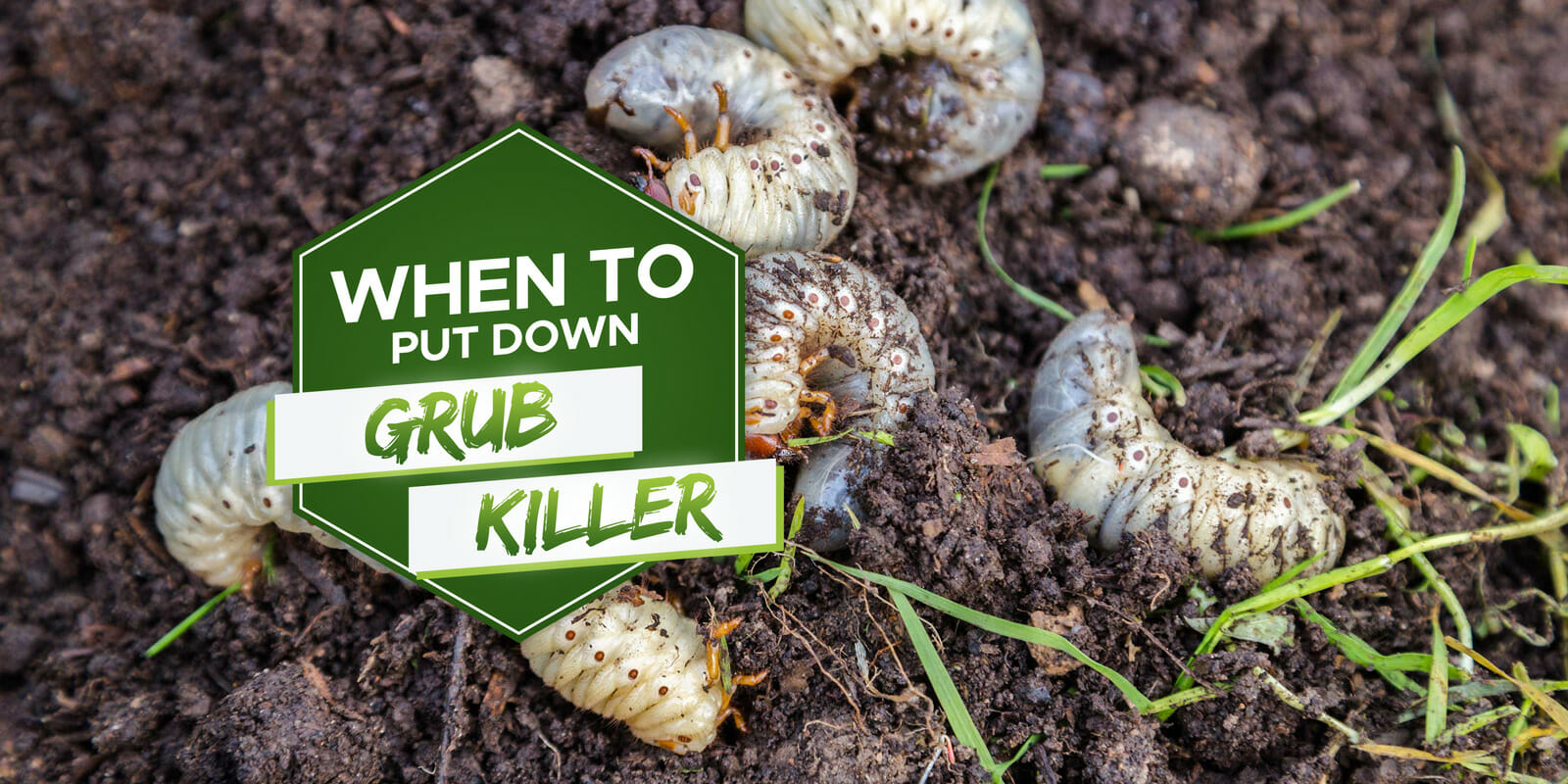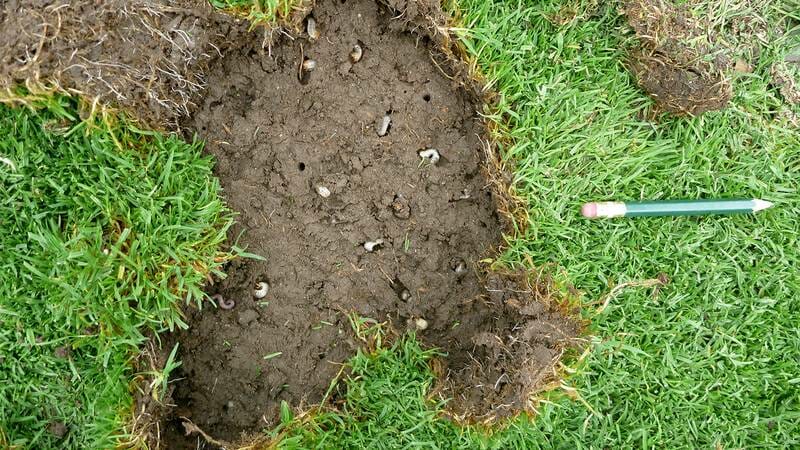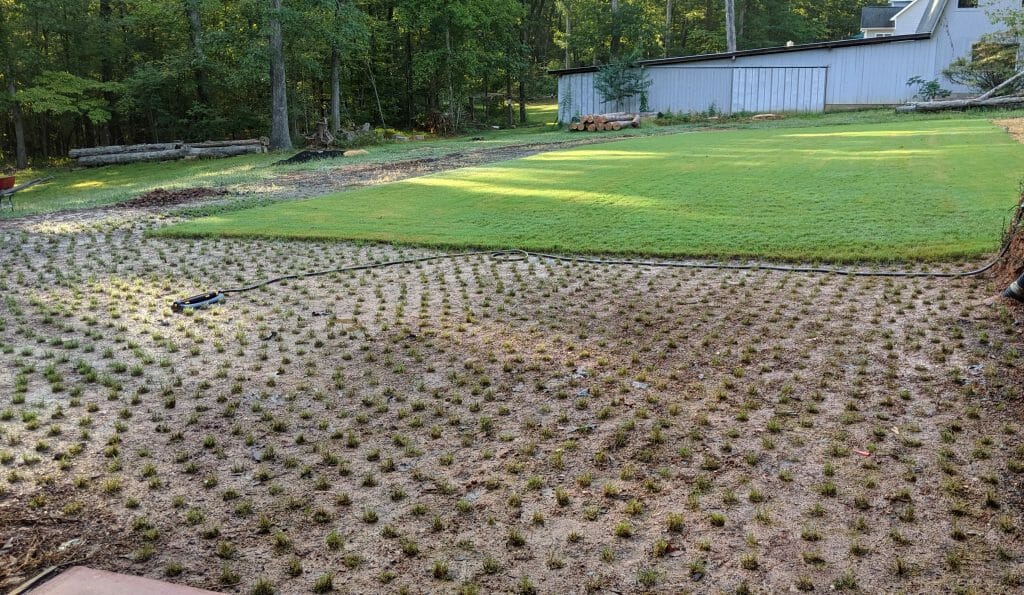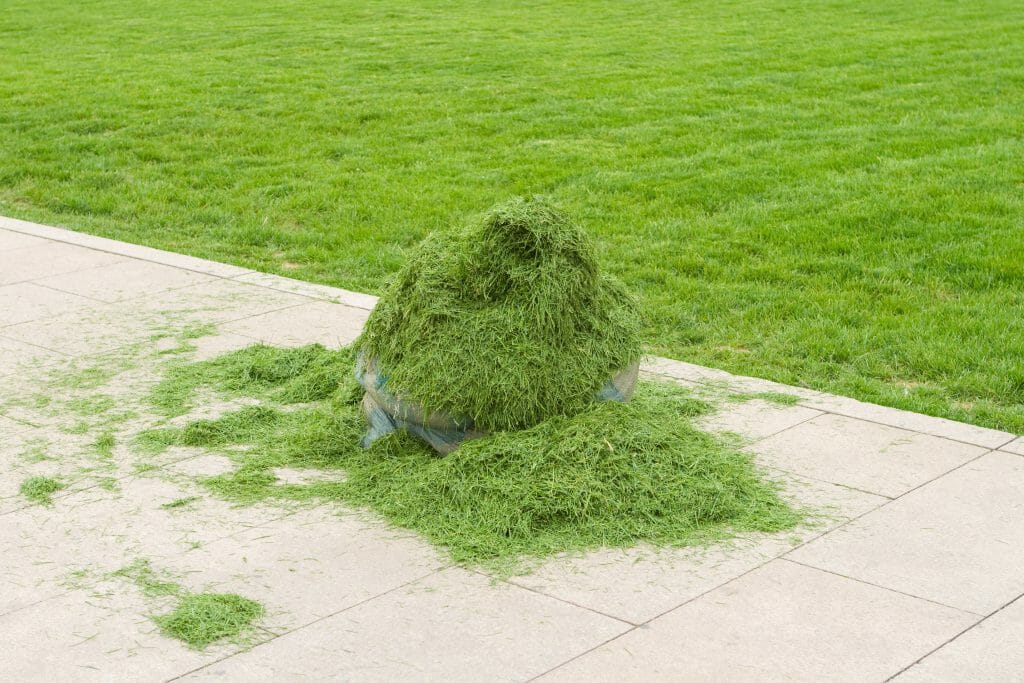Have you ever woken up to find your lawn ravaged by holes? Or maybe patches of your lawn have suddenly started dying. This might be a sign that you have grubs.
These little larvae can be a huge issue, but luckily, there is a range of grub killers that you can use to control this issue. Once you’ve got yourself a grub killer, however, you may be asking yourself:
When should I put grub killer down? The best time to put down grub killer depends on what kind of killer you are using. We suggest applying preventative insecticide between June and July and curative insecticide in September.
Applying a grub killer at the perfect time is a vital part of the pest control process to ensure that this isn’t going to be an ongoing problem, but don’t stress about it; we’re here to help.
This article will give you the low down on grubs and tell you exactly when to put grub killer down to get rid of these pesky creatures.
What are Grubs, and Why Do You Need to Kill Them?
Grubs are the larvae of certain beetles that live under the surface of your grass. They are white, C-shaped grubs that are under 1 inch in length.
The adult beetles will lay their eggs in the grass, leaving them to hatch in their thousands. The problem is, the beetles will do this at night, so you won’t know this is happening. This is just the start of the issues that grubs can cause.
There are two main reasons that you need to get rid of grubs:
Animal Damage
The bulk of the damage caused by grubs are not the insects themselves but the animals that eat them.
Skunks and raccoons are the two biggest culprits. They will dig into your lawn, causing large holes, and even peel it back into thick strips to get to the delicious grubs underneath. This will leave your lawn with a large amount of damage, which will be expensive and laborious to repair again and again.
This is likely the first sign that you have a grub problem.
Killing Your Grass
The second issue is the damage that the grubs themselves cause.
Adult beetles lay their eggs in turf because the grubs feed on the root system. This will eventually cause your grass to become lumpy with patches that ultimately thin out and die.
You will notice the majority of grub damage between September and November and from March to early May.
When is the Best Time to Put Grub Killer Down?
So, now that you know why you need to get rid of these creepy crawlies, how do you know when to apply your grub killer?
The best time to put down grub killer is dependent on what kind of product you use. There are a variety of grub killers that are slightly different in application.
Preventative grub killers will stop dormant grubs from hatching and maturing, while curative grub killers can help kill larvae that have already developed in your yard. This means it is crucial to apply these measures at the right time for them to be effective.
Here is a general overview of when to apply the various kinds of grub killers:
| Type of Grub Killer | Application Time |
| Preventative | June-July (late summer) |
| Curative | September (fall) |
The ideal scenario is to apply preventative grub killer to nip this problem in the bud before they become a big issue but if this is not possible then curative grub killer is there to save the day.
The best way to apply grub killer is:
- Mow the lawn before you apply the grub killer to get rid of any flowering weeds. This will prevent the grub killer from harming bees and other pollinators.
- Choose your grub killer and measure out the correct quantity according to the instructions on the bag.
- Spread evenly over the lawn by hand or using a fertilizer spreader.
- Water the lawn thoroughly to activate the grub killer.
Now all you need to do is leave the insecticide to do its job.
If you’re looking for a grub killer, we recommend BioAdvanced grub killer.
Frequently Asked Questions
When is it too late to treat for grubs?
There is some leeway regarding application time, but we do not recommend applying a grub killer after early October. It will not be as effective, so that it will be a wasted effort.
We suggest focusing on keeping your lawn healthy and applying the following June or July instead.
Do grubs come back every year?
If you are in an area where an infestation is occurring, they can come back every year.
The thing is, you may already have grubs in your lawn without even knowing. This is because the grubs will become dormant in the winter before popping up again when the weather warms up.
Preventative grub killer will work on larvae at this stage.
Conclusion
Grubs can be a real issue, but with a well-timed grub killer, you can get a handle on it in no time.
Whether you are using curative or preventative grub killers, you should always pay close attention to the optimum time for spreading, or this problem may persist.
At the end of the day, we recommend applying preventative treatments in June or July and curative methods in September for the most effective pest control.
We hope this little guide has helped you get a handle on your grub problem and saved your lawn in the long run.




